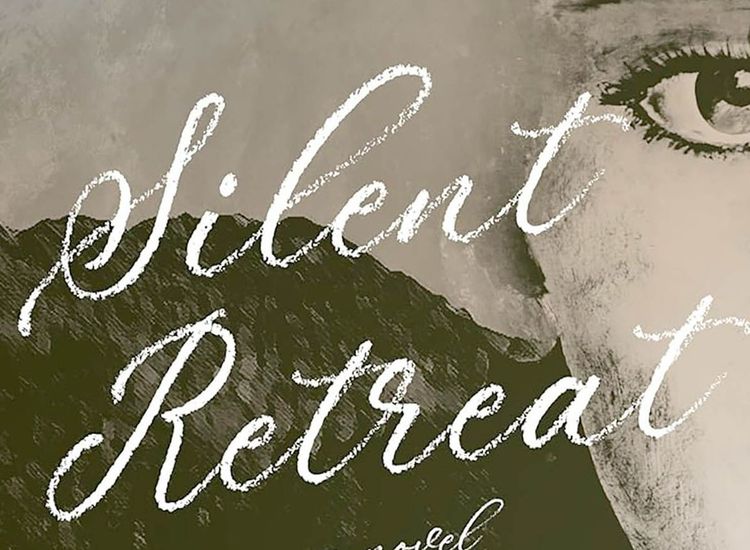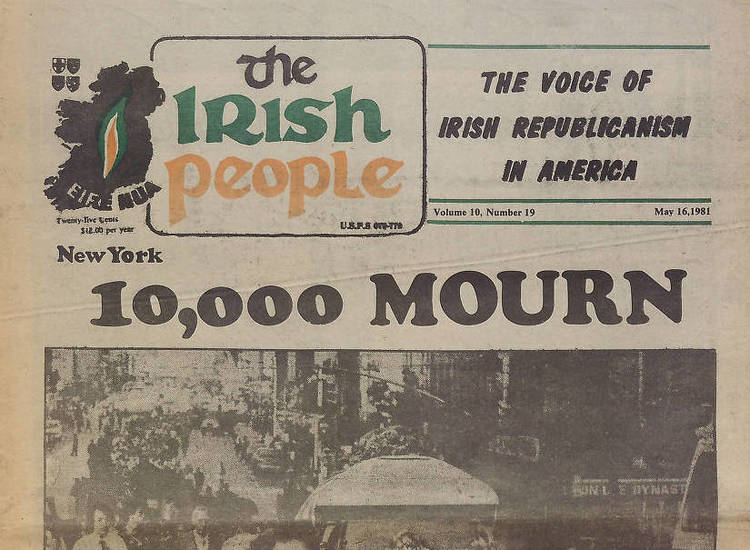There are 159 James Joyces in the 1901 Census for Ireland. This is the transcribed information (the original handwritten form is also available to view) for the family of the most famous of them. It shows that James Augustine Joyce, 19, living at Royal Terrace, Dublin, with his parents and nine younger siblings.
By Hilary J. Sweeney
To many folks solving a puzzle can lead to immense satisfaction, and the trickier the puzzle the greater that reward. Whether a crossword, a genealogical mystery or a historical conundrum the allure of finding the answer can lead some of us on captivating journeys.
The key to making sense of the vast array of information at our disposal is to focus the study on primary sources; facts, figures, and data, while considering the opinions or extrapolations of others as interesting background narratives.

A first edition of S.A. Mitchell’s Map of New York City in 1860.
One example of a valuable primary source are Census of Population records, these contain a wealth of public information. In the mid-19th century, the New York State Censuses, for instance, not only recorded names and addresses but also the nativity and occupation of everyone. In New York City one can ascertain which immigrants lived in clusters in specific wards. And many questions can be answered: Did they marry immigrants from other cultures or not? What types of occupations did they have? By comparing the 1850 to the 1860 census reports one can see that Irish people tended to stay in neighborhoods, some changed their occupations reflecting upward mobility. There were also many Irish families who settled in New York well before the 1840s, like Patrick and Bridget Ware, whose eldest son James was born in New York City in 1832. By 1860 John was employed as a carman, his brother Peter, 22, was a mason like his dad, his sister Ann, 18, was employed as a book-folder and his youngest brother John, 16, was still at school, and the children still all lived with their parents. It is interesting to note that many Irish children were enrolled in school to the age of 16 during this period.
The Irish Census Returns of 1901 and 1911 are also fully available online along with fragments from other censuses. In addition to population information one can also access the house and building return for every family, a fascinating resource. In 1911 it is interesting to note that women were asked to record their children who were born alive, along with the number still living. The Irish records are also unusual because they are images of the actual forms that were filled in on the census nights 31st of March, 1901, and the 2nd of April, 1911. The forms were completed by the head of the household who would also sign the document. If the head of household was illiterate the census enumerator would complete the form and the head of household would sign an X on the bottom in representation of his signature. I found it moving to see the beautiful and careful handwriting of one of my great grandfathers on the 1911 census form, and sadly, on a different document, the wobbly X of another.
Whether curiosity, inquisitiveness or downright nosiness are part of the impetus leading to researching census documents, results usually provide valuable and reliable information about the past. Research is more than simply connecting the dots but is about identifying fireflies of truth from long ago still flickering for us today.

“Unveiling of the Statue of Liberty Enlightening the World” (1886) by Edward Moran, Oil on canvas. The J. Clarence Davies Collection, Museum of the City of New York.
Local librarians are usually delighted to assist their patrons with accessing online resources but unfortunately these days many libraries are still temporarily closed due to Covid. However, much sleuthing can be done from home. Here are some links to help you get started:
United States
The National Archives and Records Service of the United States provides online access to the population schedules of the census documents in microform. Here is an example from the Eight Census of the United States in 1860. New York City, Ward 6, which I mentioned above and which is available via Archive.org, a non-profit digital library. There are 682 pages in this file and it is very easy to zoom in and start reading here
The Complete New York State Census 1860 is here.
New York State Census 1850 is here
General information and links to resources can be found on the National Archives Site here.
Ireland
The National Archives of Ireland has a wonderful online presence, including online exhibitions and advice for those getting started with archival research here
If however you wish to go directly to the Irish Census records then visit here where you will be advised on the 1901 and 1911 Census projects which you can browse by visiting here.
Hilary J. Sweeney is a language lecturer at Glucksman Ireland House, NYU.









